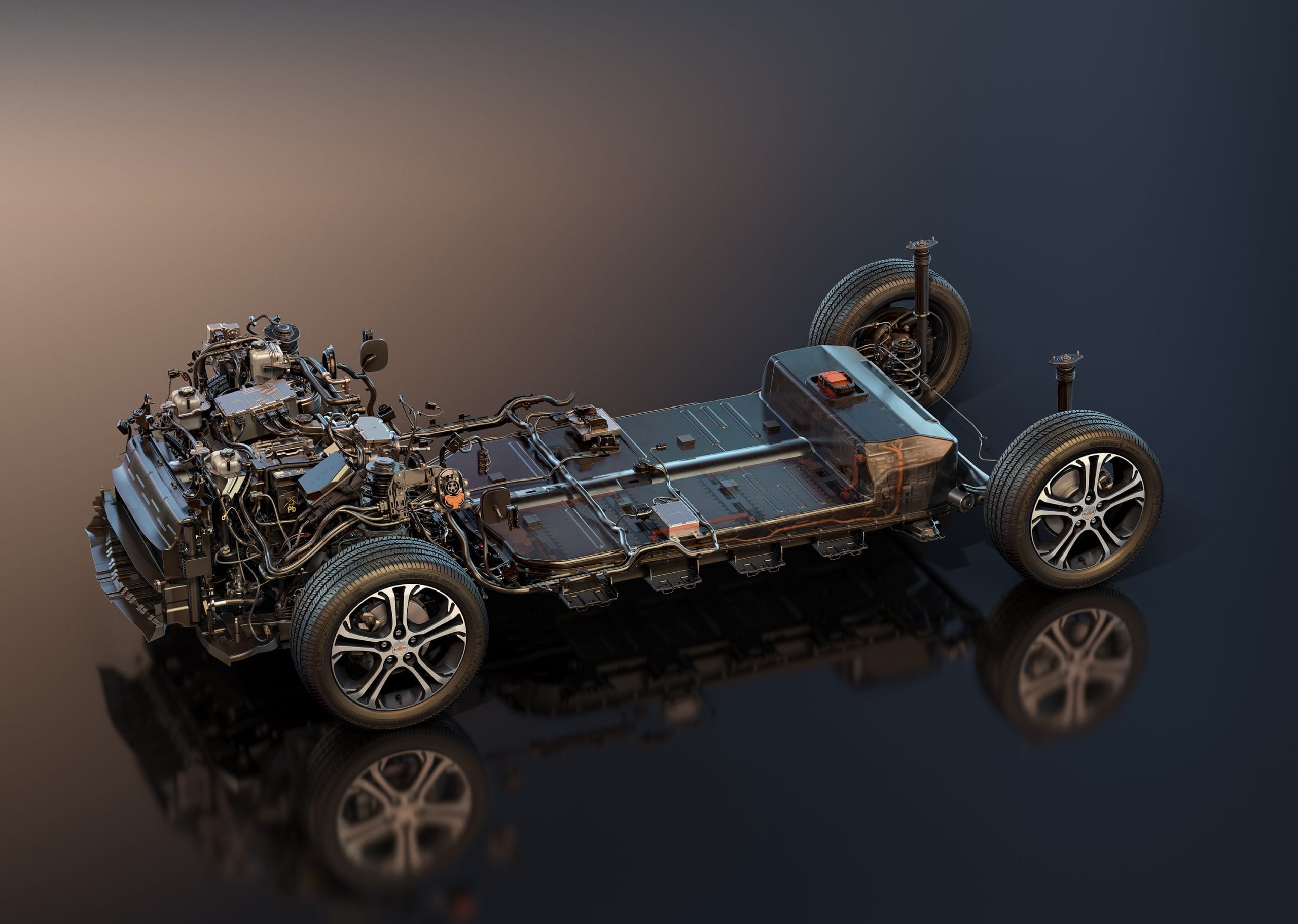Diagnosing and servicing EVs requires new protocols.
For the purposes of this article, the term EV refers to both battery electric vehicles (BEVs) and Hybrids as the high voltage system employed in both are for the most part very similar.
EVs seem to be a pretty hot topic lately. Many technicians and shop owners are wondering what they must do to get ready when these vehicles roll into their shops with problems.
As with everything else in our industry these days knowledge is the key. Therefore, technician training will be critical to ensure your shop and your technicians can service EVs.
Service volumes
First, let’s be realistic about the volume of EVs entering your service bays. Currently EVs make up a very small but growing segment of the vehicle fleet. I do not expect this to change drastically anytime soon but the number will continue to grow over time. In Canada at present, about 4% of vehicles sold are EVs.

This means that you do not have to rush out and train every technician in your shop, but you must have somebody on staff that can deal with these vehicles. The typical EV owner has at least one other conventional vehicle that will require service and the EV will require periodic service as well. Typically, customers tend to get all their vehicles serviced at a single location so if you turn the EV away you run the risk of losing additional service work. As the EV fleet grows, eventually you will need to have all of your technicians trained on EVs
What knowledge does a technician need to be able to deal with these vehicles? There are two areas of knowledge that are crucial to being able to service EVs. The first is safety and the second is system knowledge and troubleshooting skills specific to EVs.
Safety considerations
Let’s look at safety first. Since you will be working around High Voltage (HV), 300 volts or more, you must be extremely careful until the vehicle is properly powered down. Power down procedures are well documented in service literature but can also be found by going to the manufacturer’s website. Once the vehicle is powered down you must check any HV points that you are going to work on to make sure that the high voltage has in fact powered down. To perform the test, you MUST wear HV safety gloves and eye protection. In addition, your meter and leads must be rated at CAT III at 1000 V. Training on this is readily available.

Performing diagnostic and service work on the HV system requires additional training. There are several online classes and we are currently developing a 3-day Hands-On Class that will be taught at our training centre in Barrie, Ont. You will require training on systems such as the HV battery, the Inverters and the Drive unit which contains the Motor Generators. Each of these units are diagnosed using a variety of tests many of which are not taught or described in service literature. Given the price of replacement parts on these systems you need to be careful to get the diagnostics right. In addition to the HV system you will now be required to access service information for what I would consider routine service work. For example, if you are performing brake work on a Ford Escape Hybrid, before you start to push back calipers to remove the brake pads the vehicle must be put in brake service mode using a scan tool. Failure to do this prior to the brake work can ruin the ABS hydraulic unit.
Different procedures
There are many procedures on EVs that we are used to performing on conventional vehicles that we do not look up, replacing batteries, brake work, cooling system service etc. On an EV you now must take the time to read the service literature as the manufacturer may have a special routine that has to be performed prior to the service work or diagnostic test. Additionally, many diagnostic routines when performed using a scan tool will instruct you to read the service manual before proceeding. Typically, we ignore these messages because they are generally just warnings that you may set codes or something similar. This is not the case with EVs, as many times, the reference to the service manual will have you perform additional tasks before the test or routine is performed and failure to do the additional task will give you a false test result or you may damage something else on the vehicle.
The bottom line: These vehicles will be rolling into your shop and you need to be ready for them.
Mark Lemay is President of Auto Aide Technical Services. You can reach him at: [email protected]



